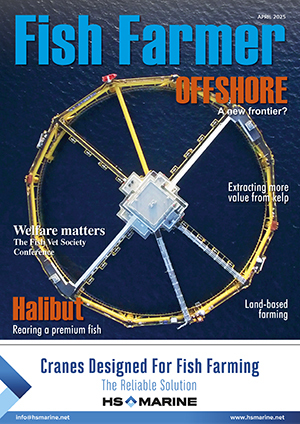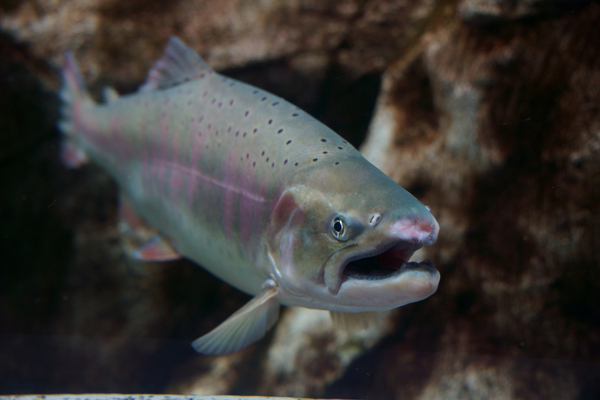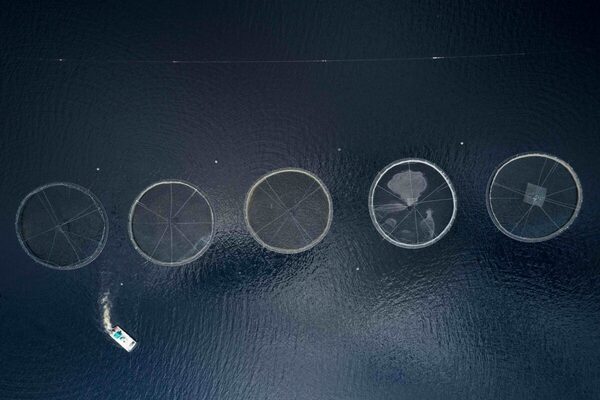Way opened for offshore fish farms in Scottish waters
The Scottish Government has announced plans to extend marine planning zones to 12 nautical miles, a move which will allow applications for offshore aquaculture.
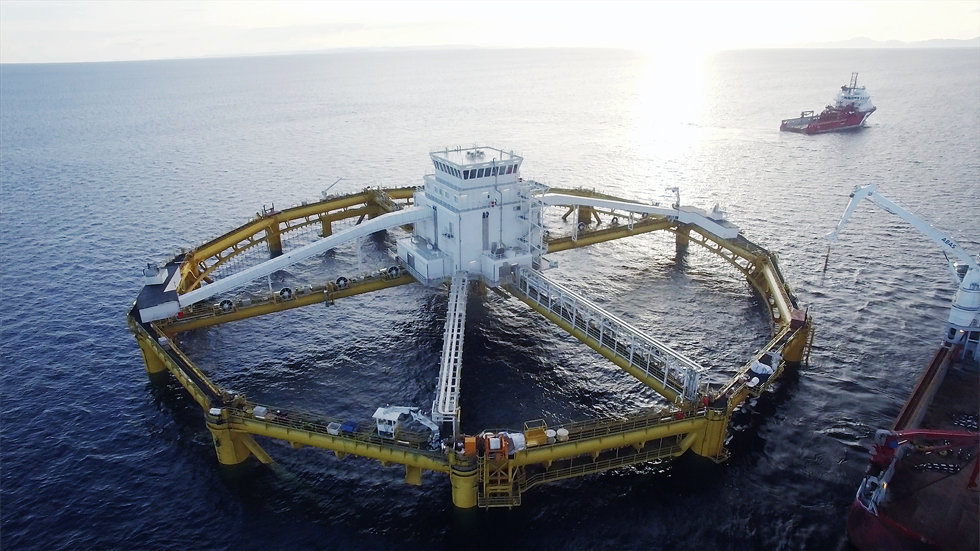
In its consultation on offshore planning, the Scottish Government set out proposals to allow planning applications for developments between three and 12 nautical miles to be dealt with by local authorities, in the same way that inshore sites are already treated.
Out of 53 responses to the consultation, which closed in December last year, 40 were in favour, 11 disagreed and two did not express a preference.
The government said: “Following analysis of all the responses received, Scottish Ministers have decided to bring forward a Scottish Statutory Instrument early this year to extend marine planning zones out to 12 nautical miles.”
It added: “This will allow fish and shellfish farming businesses to consider opportunities to develop farms further from the coast in deeper and more energetic waters, which have potential to reduce environmental interactions and to support fish health and welfare in line with the aims of our Vision for Sustainable Aquaculture.”
Marine planning zones set out the spatial limits for local authorities’ responsibilities for planning controls of marine fish and shellfish farms in Scottish waters.
In 2007 the definition of “development” in the Town and Country Planning (Scotland) Act 1997 (“the 1997 Act”) was amended to include fish and shellfish farming out to 12 nautical miles. This means that any proposed marine fish or shellfish farm located between 0-12 nautical miles requires planning permission from the relevant planning authority.
However, the Town and Country Planning (Marine Fish Farming) (Scotland) Order 2007 (“the 2007 Order”) only designated Scotland’s marine planning zones out to 3 nautical miles, meaning that there is no designated planning authority to which a developer may submit an application for a farm located between 3-12 nautical miles.
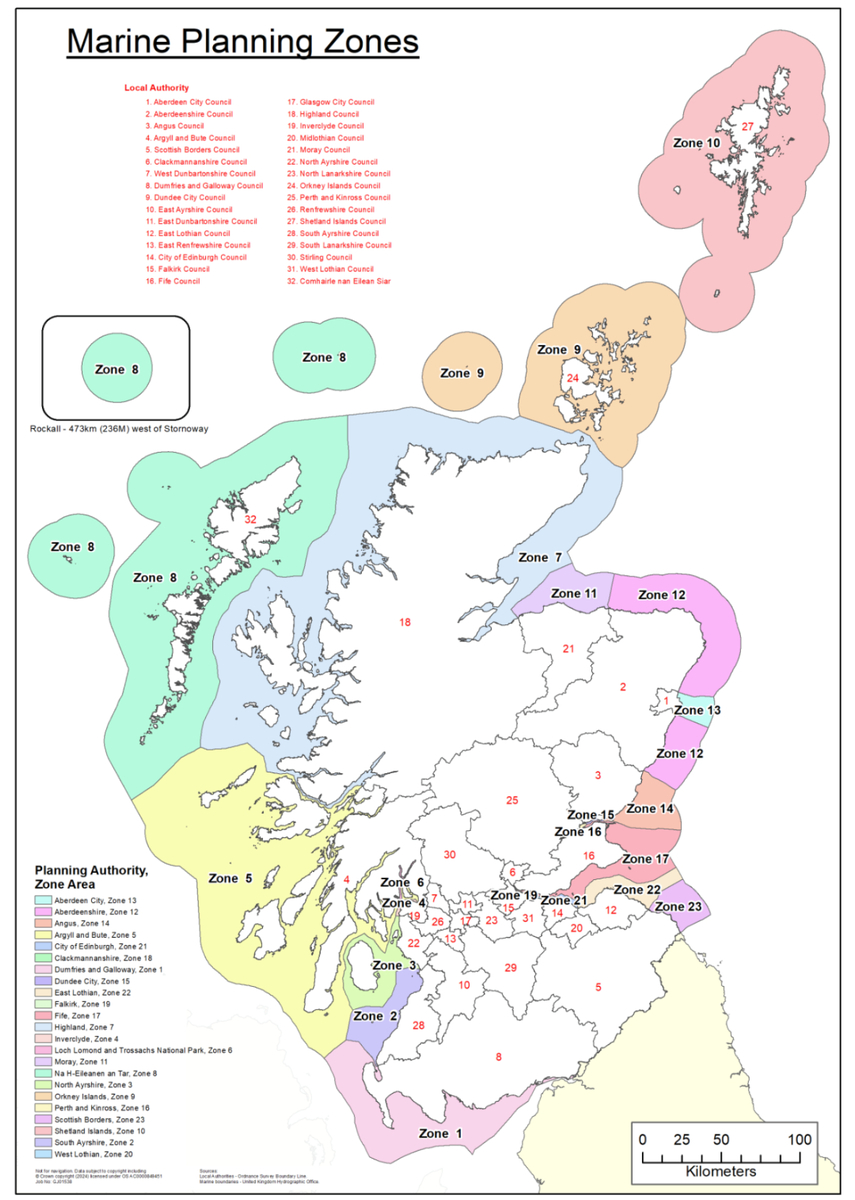
What happens next?
In its response to the consultation, the government addressed fears that local authorities and regulators will not have the capacity to deal with offshore planning applications.
It said: “The view of Scottish Ministers is that in the short to medium term it is anticipated that a small number of proposals for development between 3 – 12 nautical miles are likely to come forward, with those developments being located within local authority areas in which aquaculture farms already operate. As such it is not anticipated that there would be a significant increased burden on aquaculture regulators.”
The government response also stressed: “In regards to planning, proposed developments between 3 - 12 nautical miles would undergo the same rigorous assessments as for farms located between 0 – 3 nautical miles.”
To enact the change, Scottish Statutory Instrument (SSI) will be brought forward later this year to amend the Town and Country Planning (Marine Fish Farming) (Scotland) Order 2007.
The amended Order will identify each marine planning zone by describing the position of the relevant boundaries including by identifying coordinates where relevant.
Each identified marine planning zone will extend out from the coastline of each local authority to the seaward boundary of the Scottish marine area (12 nautical miles), except in instances where a section of a marine planning zone meets the boundary of another marine planning zone, or where a section of a marine planning zone meets the Scottish Adjacent Waters Boundaries.
Norwegian salmon farming business SalMar, which is a co-owner of Scottish Sea Farms, has already expressed potential interest in developing offshore aquaculture around Shetland.
Norway is also looking at extending aquaculture permits further offshore, although the industry has so far found the process frustratingly slow.
